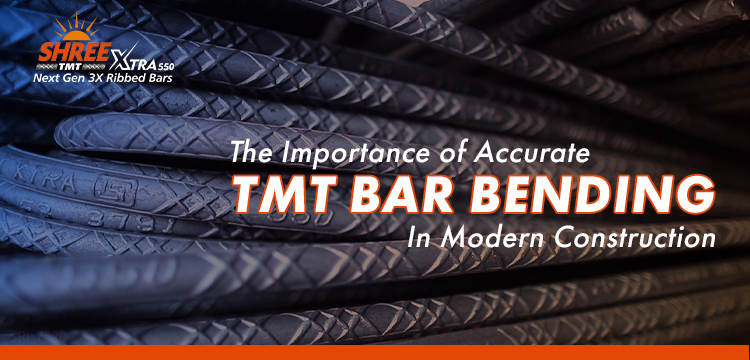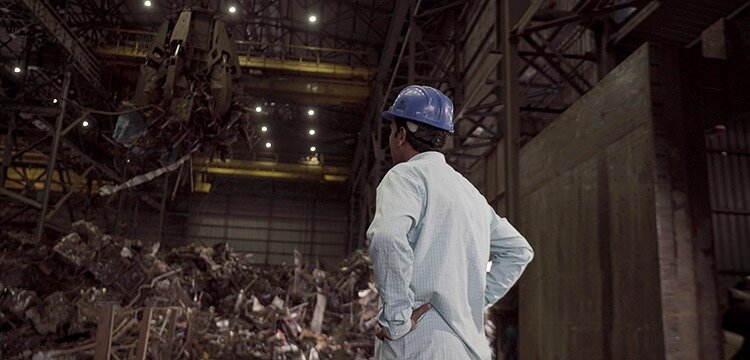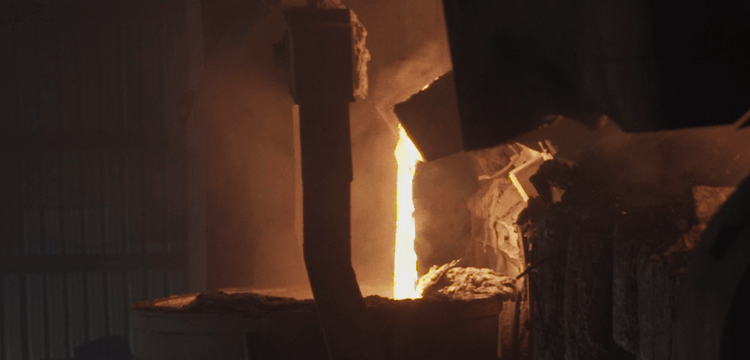The Importance of Accurate TMT Bar Bending in Modern Construction
In modern construction, precision is not just a luxury—it’s a fundamental necessity. Among the critical aspects of structural engineering, TMT (Thermo-Mechanically Treated) bar bending stands out as a pivotal technique that directly influences the safety, durability, and efficiency of building structures. The interaction between bar quality and bending precision is symbiotic. High-quality TMT bars respond more predictably to bending processes, allowing for more accurate and reliable reinforcement. Conversely, even the most advanced bending techniques cannot compensate for inherently poor-quality bars.
The Foundation: Quality of TMT Bars
The success of precise bar bending begins long before the first bend is made—it starts with the quality of the TMT bars themselves. High-quality TMT bars are the cornerstone of effective reinforcement, bringing a unique combination of strength, ductility, and corrosion resistance to construction projects. The interaction between bar quality and bending precision is symbiotic. High-quality TMT bars respond more predictably to bending processes, allowing for more accurate and reliable reinforcement. Conversely, even the most advanced bending techniques cannot compensate for inherently poor-quality bars.
Precision: More Than Just a Technical Requirement
Precision bending of TMT bars is far more than a mere technical requirement; it is the backbone of structural integrity. When steel reinforcement bars are bent with absolute accuracy, they create a seamless network of support that distributes loads evenly across a structure. This precision ensures that buildings, bridges, and infrastructure can withstand various environmental stresses, from heavy loads to seismic activities.
Technological Innovations in Bar Bending
The process of TMT bar bending requires exceptional skill and advanced technological tools. Modern construction professionals utilize sophisticated bending machines and computer-aided design (CAD) software to achieve millimeter-perfect angles and curves. These technological innovations have transformed bar bending from a manual craft to a highly sophisticated engineering process.
Sustainability through Material Efficiency
Material efficiency is another crucial dimension of accurate bar bending. Construction teams can significantly reduce material consumption by minimizing unnecessary cuts, bends, and waste. Each precisely bent bar represents not just structural strength, but also economic and environmental responsibility. Reduced material waste directly translates into lower project costs and a smaller carbon footprint—a win-win scenario for builders and the environment.
Long-Term Structural Reliability
The implications of precise TMT bar bending extend far beyond immediate construction needs. Accurately bent bars enhance structural longevity, reducing maintenance requirements and potential repair costs. They improve a structure’s resistance to corrosion, fatigue, and unexpected structural failures. In essence, precision at the bending stage is an investment in long-term structural reliability.
Enabling Architectural Innovation
Modern construction projects demand increasingly complex architectural designs, and accurate bar bending is instrumental in bringing these visions to life. From curved architectural elements to intricate structural frameworks, precise bending allows engineers and architects to push the boundaries of design while maintaining stringent safety standards.
The Critical Role of Quality Control
Quality control plays a paramount role in this process. Experienced professionals conduct rigorous inspections, using advanced measuring tools to verify that each bend meets exact specifications. These meticulous checks ensure that every bar contributes optimally to the structure’s overall stability and performance.
Continuous Learning and Skill Development
Training and skill development are equally important. Construction teams must continuously upgrade their knowledge and techniques, understanding the nuanced relationship between bending angles, steel properties, and structural dynamics. This commitment to continuous learning ensures that bar bending remains a refined art backed by scientific precision.
The Future of TMT Bar Bending
As construction technologies evolve, the future of TMT bar bending looks promising. Emerging technologies like robotic bending systems and advanced material sciences are set to further revolutionize this critical aspect of structural engineering, promising even greater accuracy, efficiency, and sustainability.
Accurate TMT bar bending is not just a technical requirement—it’s a fundamental pillar of modern construction. It represents the delicate balance between engineering precision, material efficiency, and structural integrity, ensuring that our built environment remains strong, safe, and sustainable for generations to come.




